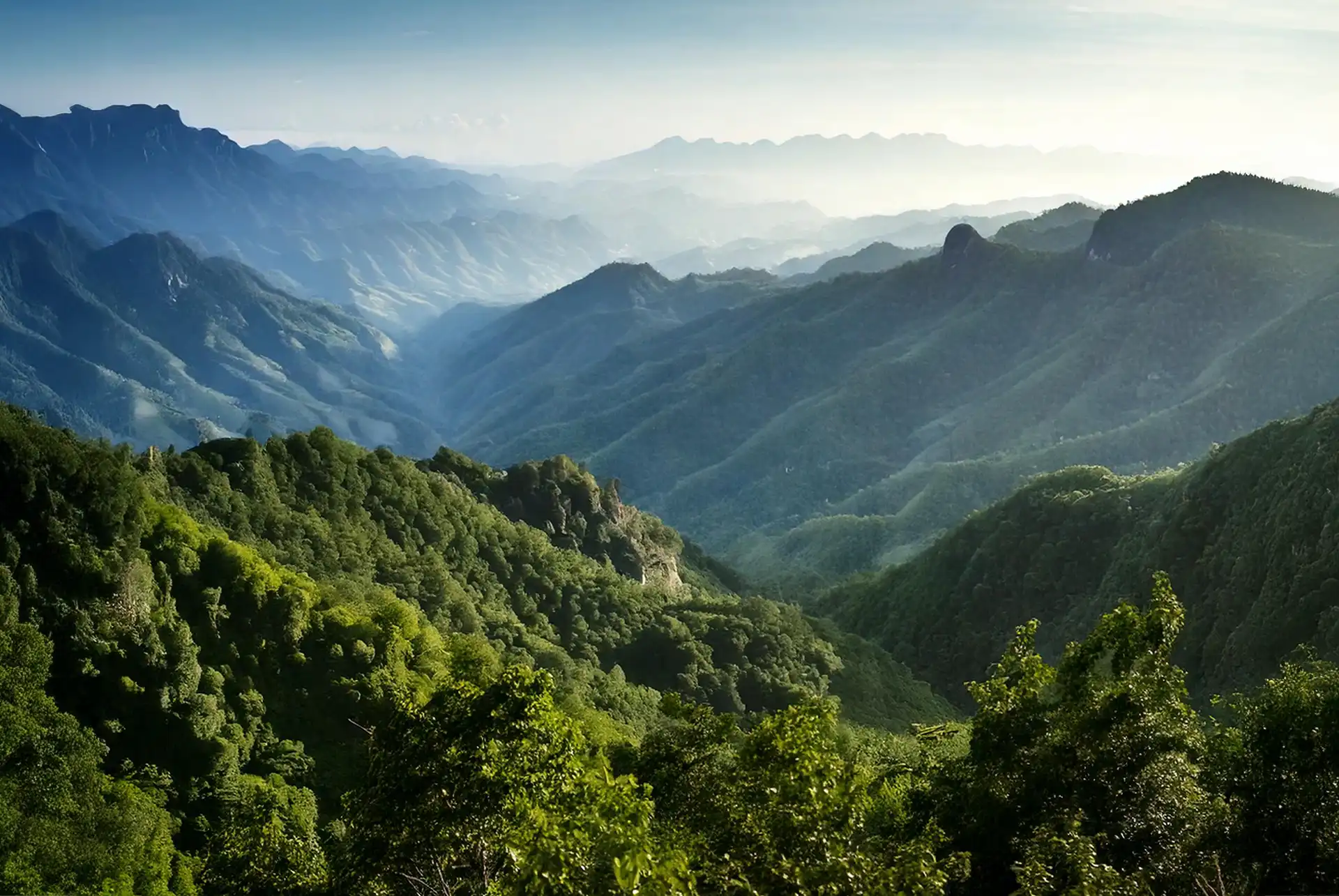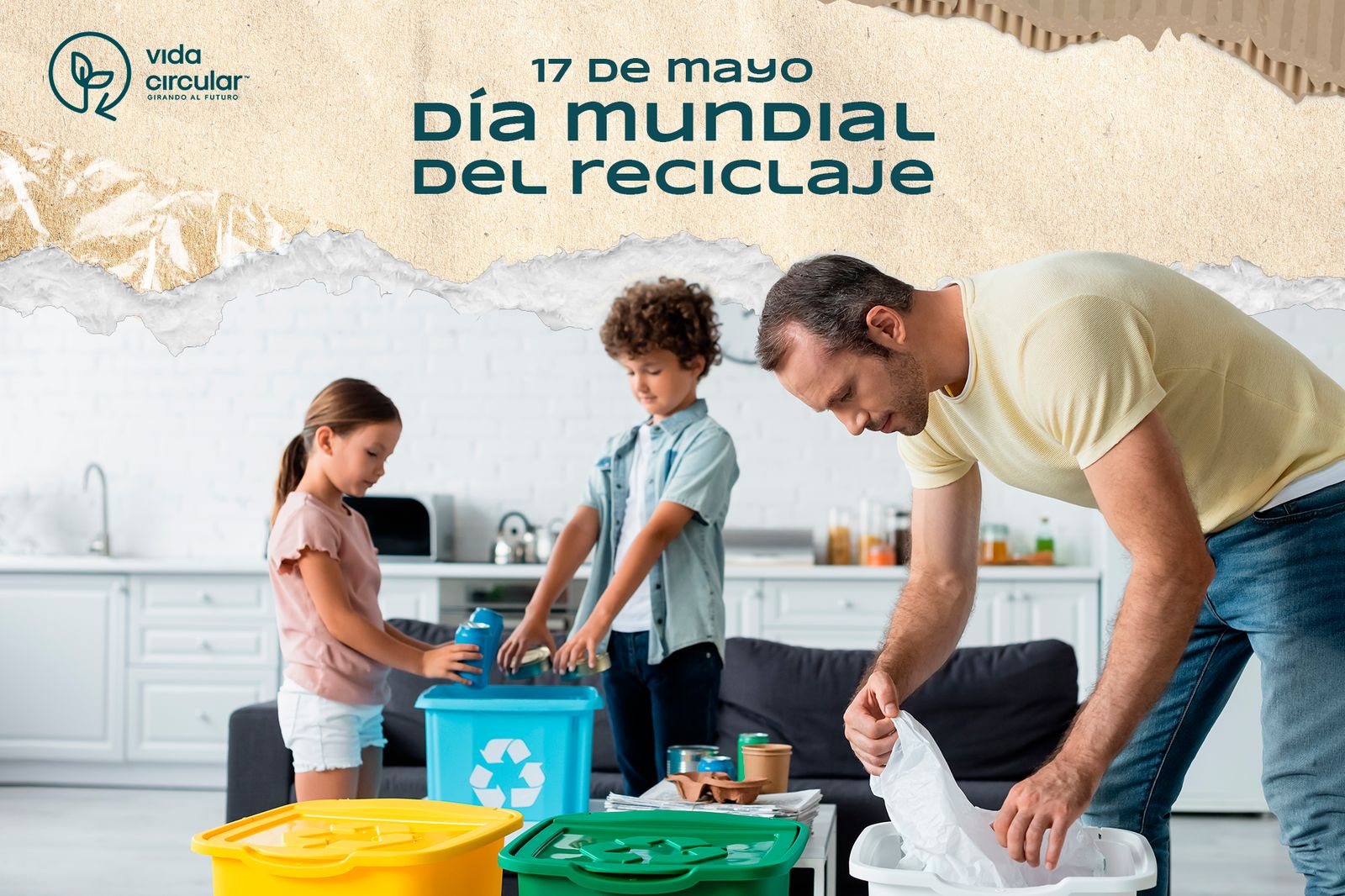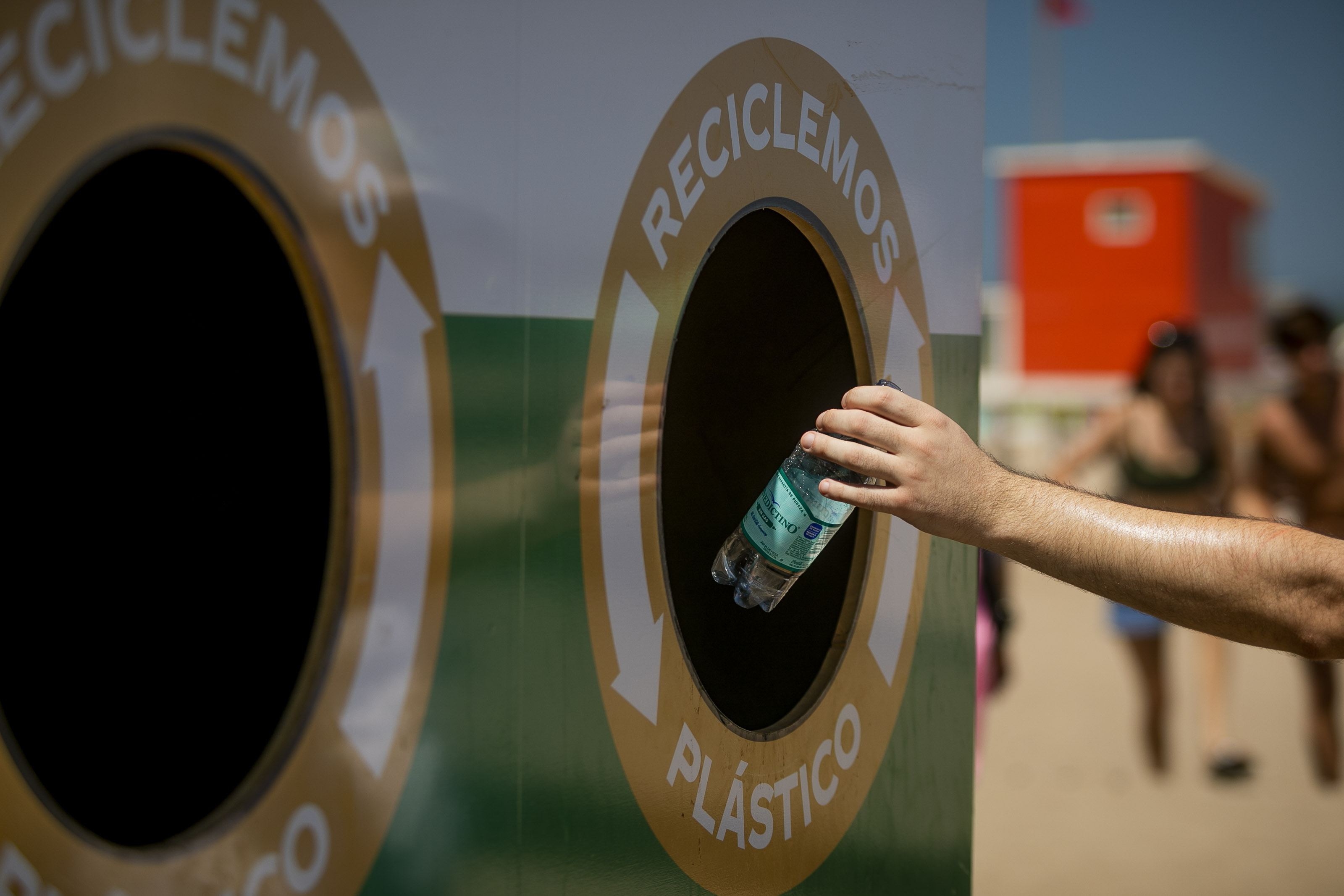
The importance of biodiversity and what we can do to care for it
Biodiversity is all the variety of life that exists on Earth from plants, animals, fungi to microorganisms that together form the ecosystems, it is not only about how many species there are but about the natural richness that makes everything work, it is what keeps ecosystems strong and stable, thanks to that we have water, food and everything we need to live.
The importance of biodiversity lies in all the benefits it brings us, from its ability to strengthen ecosystems and adapt to diseases, pests or natural disasters, to its role in keeping the climate stable, the air clean and the water in good condition. It is also essential for sectors such as agriculture, medicine and tourism, because without it, life as we know it would not be possible.
Types of biodiversity
When we talk about biodiversity we are not only referring to the number of species we know, it is something much broader because it includes different levels or types that have their own role in maintaining the balance of the planet, so it is worth understanding how they work and why they are so important.
- Genetic diversity: This is basically the differences between individuals of the same species. For example, among humans, although we are all of the same species, we have unique things such as eye color, height or how we resist certain diseases. These differences are relevant because they help species adapt to changes in the environment and evolve. If there is genetic diversity, species are stronger and have a better chance of surviving challenges such as disease or changes in climate.
- Species diversity: This type of biodiversity is the easiest to notice because it is the variety of species in a place, such as a forest. The more plants, animals, fungi and microorganisms there are, the more complex and stable that forest will be. Each species has its function, such as pollinating, controlling insects or improving the soil. Having many species makes the ecosystem more balanced and better able to cope with changes or threats.
- Ecosystem diversity: Finally, there is ecosystem diversity, which is the variety of habitats on the planet, such as forests, deserts, oceans, rivers or mangroves. Each ecosystem has its own community of species and a key role in maintaining the Earth's balance. For example, oceans regulate the climate, forests produce oxygen and absorb carbon, and wetlands naturally filter water. This diversity of environments is vital because animals and plants, as well as ourselves, depend on them.
These types of biodiversity are like pieces of a giant jigsaw puzzle; if one is missing or damaged, the whole system begins to unbalance. Therefore, understanding and caring for each level of biodiversity is key to ensuring that all living things can continue to thrive and prosper.

What can endanger biodiversity?
It is one of the greatest challenges for biodiversity because it alters temperature and rainfall, directly affecting ecosystems. Some species manage to adapt, but many, especially those that live in very specific places or depend on exact cycles, do not. For example, if the temperature rises, corals bleach because the algae that live with them cannot withstand the heat. These changes, however small they may seem, can destabilize entire ecosystems and put the most vulnerable species at risk.
Deforestation and habitat destruction for things like agriculture, livestock or cities are a huge threat to thousands of species. When a forest or ecosystem is destroyed or divided, the species that used to live there lose their home and many are unable to adapt elsewhere. This not only reduces the spaces where they can live, but also causes the populations of those species to separate, complicating their reproduction and survival. This is a very serious problem, especially in tropical areas, where biodiversity is incredibly rich but also very vulnerable.
Water, soil and air pollution directly affect living things and the cycles of nature. For example, pesticides and other chemicals end up in the soil or water and harm not only the plants and animals that live there, but also the entire food chain. Even polluted air has an impact, because plants and trees don't function as well when the air is full of things that shouldn't be there.
With these simple steps, implementing carpooling in our daily lives becomes accessible and, above all, effective. In addition, we add a way of getting around that benefits both our pocket and the environment.
Bringing in species that are not native to a place can be a serious problem for biodiversity. These invasive species, which sometimes arrive by accident or because we introduce them, compete with local species for resources such as food and space. Often, they have no natural predators in their new home, so they reproduce quickly and end up displacing the species already living there. This not only disrupts the balance of the ecosystem, but can cause some local species to disappear altogether.
Good practices to preserve biodiversity

- Create and protect natural areas
Protecting natural areas is one of the best ways to take care of habitats and species as they are. National parks, reserves and sanctuaries are places where species can live undisturbed, without so many human activities disturbing them. Not only do they help save endangered animals and plants, they also keep entire ecosystems functioning. In addition, these places are ideal for researchers to study biodiversity and find better ways to care for it.

- Promoting sustainable practices in agriculture and fisheries
Farming and fishing can be done without damaging ecosystems. In agriculture, rotating crops, using less pesticides and saving water helps a lot. In fishing, avoiding overfishing and being more selective allows fish to recover. In this way we take care of resources for ourselves and future generations.

- Promote environmental education and awareness
Environmental education is key to understanding why it is so important to care for nature. When we know how our actions affect biodiversity, it is easier to change habits and adopt sustainable practices. It's not just about teaching in schools, it's also something that needs to reach communities, businesses and everyone in general. If we make this knowledge easy to understand and share, we can create a culture of respect for the environment that really makes a difference.

- Reduce consumption and separate waste
These simple actions that, together, can make a big difference to the environment. If we generate less waste y separate things like plasticglass or paper, we help to use fewer resources and pollute less. Every time we reduce, reuse, or recycle recyclewe give ecosystems a break, allowing them to recover and continue to sustain the life that depends on them.
Biodiversity in Mexico
When it comes to biodiversity, Mexico is one of the richest countries in the world in terms of flora and fauna. From the jungles of Chiapas to the deserts of Sonora, we have an enormous variety of ecosystems that support thousands of species. Thanks to our location and different climates, unique species have emerged here that exist nowhere else. However, all this natural wealth is at risk because of the threats it constantly faces.
Mexico has incredible species that are not only important to nature, but also to our history and culture. For example, the jaguar, king of our rainforests, and the golden eagle, a national symbol that appears on our coat of arms, are essential to the balance of its ecosystems. On our coasts is the vaquita, a small cetacean in critical danger of extinction, which reminds us of the importance of caring for our seas. And in the forests, the monarch butterfly, which travels each year from Canada to the oyamel forests of Michoacán, shows how Mexico is connected to the life of species that cross borders.
In flora, Mexico has an incredible diversity, from impressive cacti such as the sahuaro in the Sonoran desert to the ahuehuete, our National Tree, which can live for thousands of years and symbolizes strength and resistance. Also in our jungles and forests there are medicinal and edible plants that have been used since pre-Hispanic times, such as cacao, corn and agave. These plants not only sustain important ecosystems, they are also part of our traditions and local economy.









Biodiversity protection in Mexico
In the face of problems such as deforestation, urbanization, and climate change climate changeMexico has taken several measures to protect its biodiversity. One of the most significant is the creation of natural protected areas. We have reserves, national parks and conservation zones that protect key habitats for endangered species. For example, the Sian Ka'an Biosphere Reserve in Quintana Roo protects one of the most diverse regions of the Caribbean, and the Cañón del Sumidero National Park in Chiapas is home to many species of plants and animals.
In addition to caring for protected areas, Mexico also promotes sustainable practices in agriculture and industry. For example, regenerative agriculture, which keeps the soil fertile without using harmful chemicals, is promoted, which helps biodiversity. On the coasts, there are programs to encourage responsible fishing, giving marine species time to recover, thus protecting animals such as the vaquita and turtles that nest on our beaches.
In many local communities there are projects where people are organizing themselves to reforest reforest and protect native species. A good example is the monarch butterfly sanctuaries in Michoacán and the State of Mexico. There, communities and organizations work together to care for the oyamel forests, which are key to the butterfly's migration. In addition to protecting biodiversity, these initiatives boost ecotourism, which helps local families with sustainable income and reinforces their commitment to the environment.
Mexico's natural wealth is a treasure that we must care for and protect. With conservation policies, sustainable practices and community projects, we are working so that future generations can enjoy this incredible legacy. Caring for our biodiversity is not only important for the environment, it is also part of our identity and what we want to leave as a country in the future.
With almost 70% of the world's variety of plants and animals, Mexico is not only for that reason, but for much more, fifth among the 12 megadiverse countries of the world, and together with two nations positioned in that select group, shares the privilege of having coastlines on two oceans, the Pacific and the Atlantic.
Information taken from Government of Mexico
Conclusion on the importance of biodiversity
Caring for our biodiversity is not only about changing habits or supporting conservation policies, it is much more than that. It is about understanding that we have a real responsibility to the planet and all life forms that inhabit it. It is up to all of us, from the smallest to the largest things, to be aware of how our decisions impact other species and to act in ways that benefit them.
We want to invite you to join this cause, to learn more about the biodiversity that surrounds us and to understand its importance not only for nature, but also for our daily lives. Protecting it means taking care of our home, our culture and the future we will build together. It is a task that requires effort, but the results are worth it for us and the generations to come.




